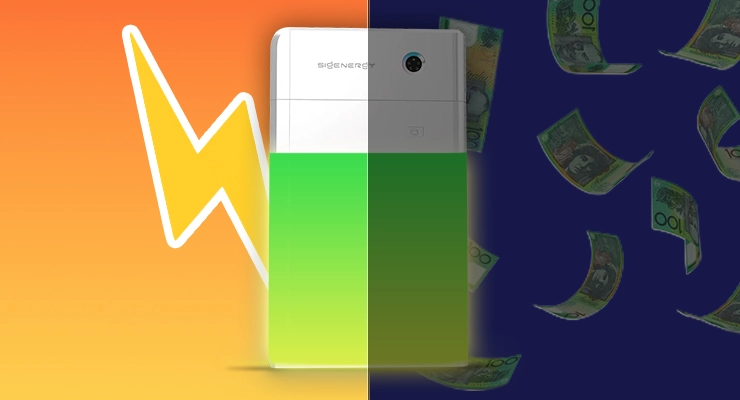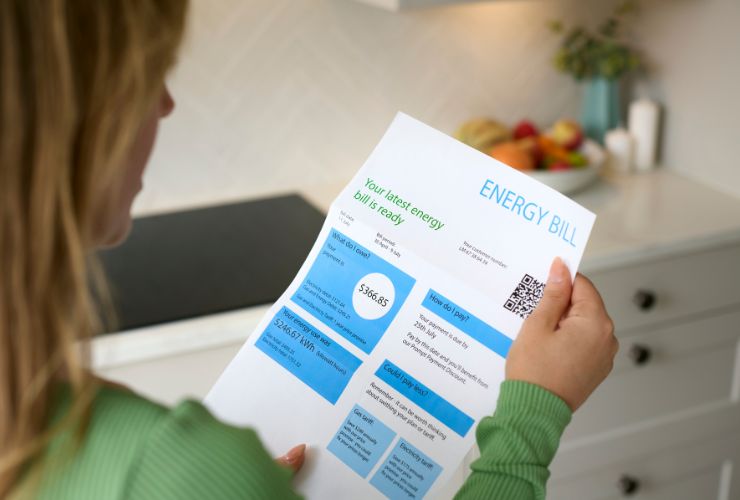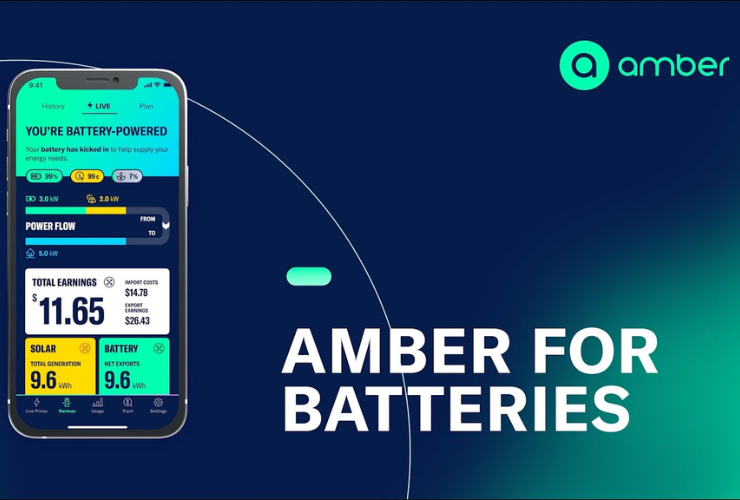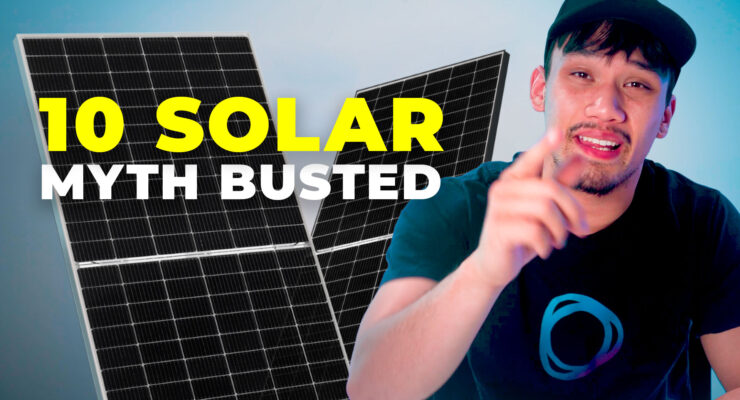Fast read
Time-of-use (TOU) tariffs have a major impact on how a solar battery should be programmed, transforming it from a simple storage device into a smart financial tool. By programming your battery to store solar energy during the day and discharge during expensive evening "peak" periods, you can significantly reduce your reliance on high-cost grid power. Modern battery systems can be set to a 'time of use' or 'economic' mode, which automates this process to maximise your savings by avoiding peak charges and even charging from the grid during super cheap "off-peak" times.
What’s the impact of time-of-use tariffs on solar battery programming?
For Australian homeowners with solar and a battery, understanding your electricity bill is the first step to unlocking serious savings. Gone are the days of a single flat rate for power. Today, many energy retailers use time-of-use (TOU) tariffs, which charge different prices for electricity depending on the time of day.
This might sound complicated, but it’s actually a golden opportunity. With smart programming, your solar battery can work with the TOU system to your advantage, dramatically cutting your energy costs and boosting your energy independence.
What are time-of-use tariffs?
A time-of-use tariff divides the day into different periods, each with a different price per kilowatt-hour (kWh) for grid electricity. While the exact times and rates vary between retailers and states, a typical structure in Australia looks like this:
- Peak Period: Usually from 4 pm to 9 pm on weekdays, this is when electricity demand is highest and prices are most expensive.
- Off-Peak Period: This is when demand is lowest, typically overnight from around 10 pm to 7 am. Electricity is cheapest during these hours.
- Shoulder Period: These are the times in between peak and off-peak (e.g., daytime and weekends), with a moderate price.
- Solar Sponge Period: Some retailers are introducing an ultra-cheap or even free “solar sponge” tariff in the middle of the day (e.g., 10 am to 3 pm) to encourage use of abundant solar energy on the grid.
The core idea is to encourage people to use less power during peak times when the grid is under strain and more when there’s plenty of cheap, often renewable energy, available.
How does battery programming work with TOU tariffs?
A modern solar battery system isn’t just a bucket that passively stores power. It’s controlled by a smart inverter or a dedicated battery management system (BMS) that can be programmed with specific rules for when to charge and discharge. This is where the magic happens.
By setting your system to a “time of use” or “economic” mode, you instruct it to prioritise saving you the most money based on your tariff structure. The two main strategies are:
- Maximising self-consumption to avoid peak charges:
This is the most fundamental benefit. Your solar panels generate free power during the day, and any excess is stored in your battery. Instead of exporting this for a low feed-in tariff, the battery holds it. Then, when the expensive evening peak period begins, your home automatically starts drawing from the battery instead of the grid. This directly shields you from the highest electricity prices.
For example, a modern system like a Sungrow hybrid inverter or a Sigenergy SigenStor can be easily programmed via a mobile app to discharge during peak hours to cover your evening energy needs.
- Strategic grid charging (tariff arbitrage):
This is a more advanced strategy for savvy homeowners. If your TOU tariff has a very cheap overnight off-peak rate, you can program your battery to charge from the grid during these hours. You’re essentially buying low to use later when prices are high.
This is particularly useful during winter or on overcast days when your solar panels might not fully charge the battery. You can top up with cheap grid power overnight and still have enough stored energy to avoid the evening peak charges. The savings come from the price difference (or “arbitrage”) between the low off-peak rate and the high peak rate.
What are the main operating modes for a battery?
Your installer will help you set up the best mode for your situation, but it’s good to understand the common options available on most systems:
- Self-Consumption Mode: This is the default for most systems. The battery will prioritise storing excess solar energy and using it to power your home whenever the sun isn’t shining, maximising your use of your own solar power.
- Time of Use / Economic Mode: This mode is specifically designed for TOU tariffs. The system’s algorithm will analyse your energy use patterns and the tariff rates to decide the most economical times to charge and discharge, whether from solar or the grid.
- Backup Only Mode: In this setting, the battery is kept fully charged and reserved exclusively for power outages. This provides maximum security but offers no bill savings from daily use.
What about Virtual Power Plants (VPPs)?
A Virtual Power Plant (VPP) is a network of connected home batteries that work together to support the main electricity grid. By joining a VPP program, you agree to let your energy retailer or a third-party operator draw small amounts of power from your battery during times of extreme grid demand.
In return, you typically receive bill credits or other financial incentives. This can add another layer of savings on top of your TOU optimisation. However, it’s important to note that joining a VPP may override your personal time-of-use programming, as the VPP operator will control the battery to meet the needs of the grid.
Key questions to ask your installer
To ensure your system is perfectly tuned to your needs and tariff, ask your accredited installer these questions:
- Can you show me how to set the battery to “Time of Use” mode on the system’s app?
- Based on my current electricity bill, what is the optimal charge and discharge schedule?
- Can the system be programmed to charge from the grid during off-peak times, and what is the potential benefit?
- How will joining a VPP affect my ability to control my battery’s daily schedule?
The verdict: Is it worth it?
For anyone on a time-of-use tariff, programming your battery correctly is not just impactful—it’s essential for maximising the return on your investment. By shifting your energy consumption away from expensive peak periods, you can dramatically reduce your power bills, often saving hundreds or even thousands of dollars per year.
With feed-in tariffs continuing to fall across Australia, the strategy of simply exporting all your excess solar is becoming less financially viable. The real value now lies in storing that energy and using it strategically. A properly programmed solar battery is the key to unlocking those savings and taking full control of your energy future.





